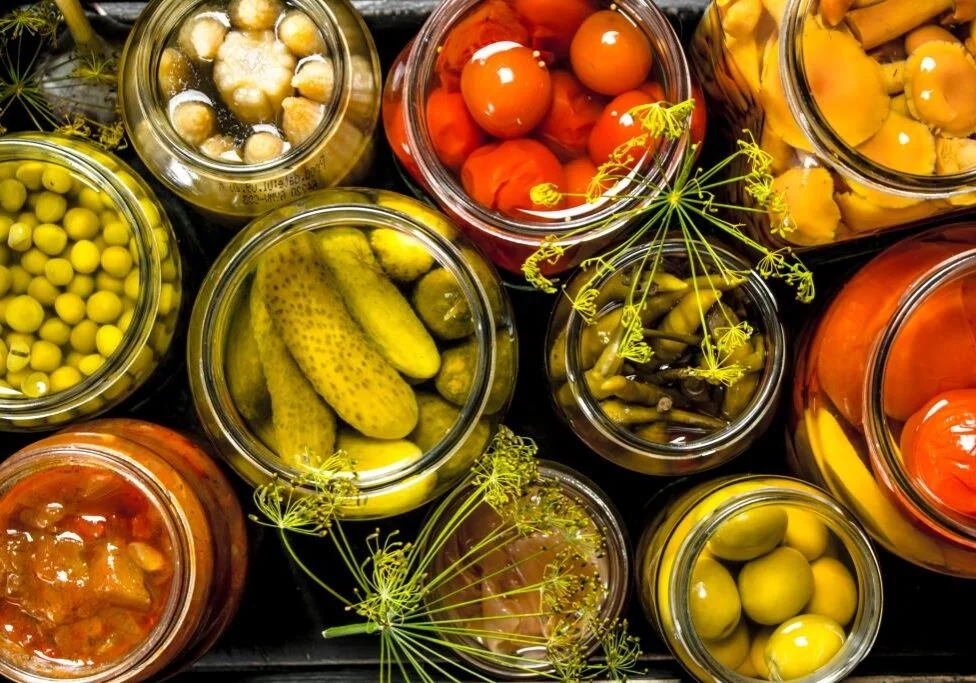Chandigarh, August 25: Pickles, a staple accompaniment in kitchens around the world, have a history that stretches back thousands of years. While today they are enjoyed as crunchy, tangy additions to meals, their origin lies in the practical need to preserve food before the advent of refrigeration.
Historians trace the earliest forms of pickling to ancient Mesopotamia around 2400 BCE. Archaeological findings and cuneiform texts indicate that cucumbers were preserved in brine, a mixture of water, salt, and natural fermentation agents. “Pickling began as a method to extend the shelf life of vegetables and fruits,” said Dr. Nisha Malhotra, a food historian based in Delhi.
“It allowed people to store surplus produce and maintain a nutritious diet throughout the year.”
The practice quickly spread along trade routes, reaching Egypt, Greece, and Rome. The Egyptians, according to historical records, valued pickled cucumbers for their medicinal properties, while the Romans incorporated pickles into their diet as both a delicacy and a digestive aid. Ancient texts, including writings by Pliny the Elder, mention pickled vegetables as common table fare.
In Asia, pickling took on unique regional forms. India’s tradition of pickling, or ‘achar,’ dates back several centuries and involves a diverse range of fruits and vegetables such as mango, lime, and chili. The use of spices, oil, and salt in Indian pickles created flavors that were both intense and preservative. “In India, pickles are not just food; they are part of culture and heritage,” noted culinary expert Anjali Mehta. “Families pass down recipes through generations, each adding their own touch with local ingredients.”
China also has a rich history of pickling, particularly with cabbage, radish, and soy-based sauces. The fermentation process not only preserved the vegetables but also enhanced their nutritional content, producing probiotics that support gut health. Similarly, in Japan, pickled vegetables like ‘tsukemono’ have been a dietary staple for centuries.
Europeans contributed their own innovations, with vinegar-based pickling becoming popular in the Middle Ages. Salted and spiced pickles became an important food item during long sea voyages, particularly for sailors needing provisions that would not spoil.
Modern pickling now blends these ancient techniques with contemporary tastes. Refrigeration and commercial packaging have made pickles widely available, but artisanal methods using fermentation and traditional spices continue to thrive. “Pickling connects us to the past,” Dr. Malhotra said. “Every bite is a reminder of how humans have creatively preserved food across time and cultures.”
From its origins as a practical solution for food storage to its status today as a culinary delight, pickling remains a testament to human ingenuity. Across continents and centuries, the humble pickle continues to bring flavor, nutrition, and history to tables worldwide.

